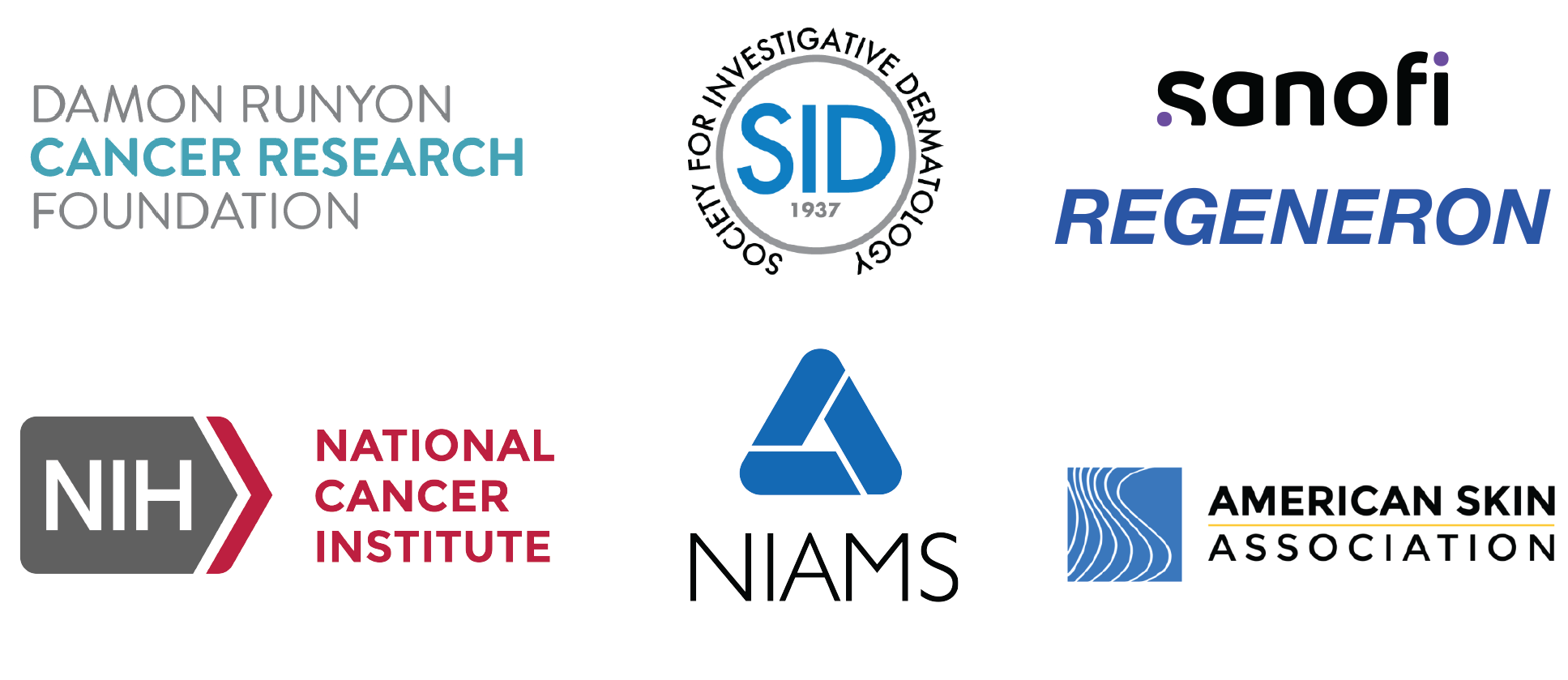The Ji Lab at Icahn School of Medicine at Mount Sinai

Multimodal approach for dissection of intercellular communication and identifying therapeutic opportunities
Our Mission
Cellular communication among diverse cell types—including epithelial, stromal, and immune cells—in normal and diseased tissues is a major determinant of homeostatic or pathologic outcomes. Human skin serves as an accessible model for the study of such communication patterns. Diseases arising in the skin encompass inflammatory, blistering, pigmentary, and neoplastic disorders and represent a global burden on human health.
How improper cellular communication contributes to these disease processes is not well understood. Disrupting such networks offers an untapped source of potential therapeutic strategies for improving treatment of these diseases. Our ultimate goal is to improve human health through a deeper understanding of how diverse cell types work together to maintain healthy tissues and restoring these healthy interactions in diseased settings, such as cancer.
Our Approach
We seek to better understand cell-cell interactions by leveraging single-cell and spatial multi-omic approaches applied directly to patient tissue, veridical human tissue models, and mouse models of skin disease. We utilize single-cell genomics assays such as single-cell RNA-sequencing (scRNA-seq) and single-cell ATAC-sequencing (scATAC-seq) to deconvolve tissue composition and infer gene regulatory networks driving heterogeneity among cell types. We employ high-dimensional spatial profiling techniques like spatial transcriptomics (ST) and multiplexed ion beam imaging (MIBI) to map positional relationships of various cell types within the tissue microenvironment. We were the first to combine these modalities to profile patient samples of squamous cell carcinoma of the skin, the second most common cancer overall in the United States.
Integration of these data through informatics approaches enables mapping of intercellular communication networks operating in these tissues. Validating informatics predictions using high-throughput perturbational assays such as single-cell and bulk CRISPR screens (e.g., Perturb-seq) helps elucidate the functional outcomes of communication and distill the most relevant pathways to focus therapeutic targeting efforts.
Our Funding
We are grateful for generous support from the following sponsors:

